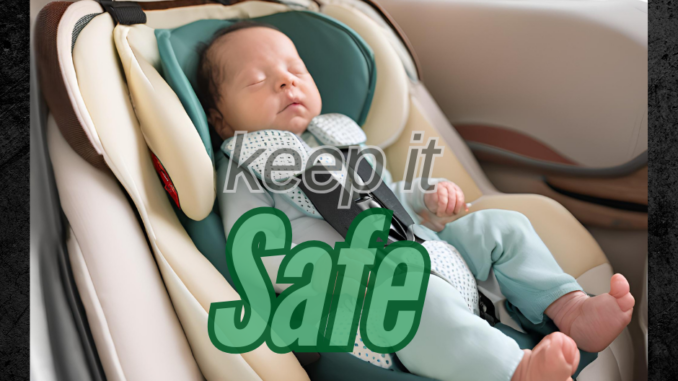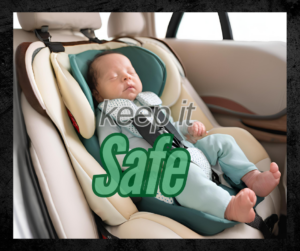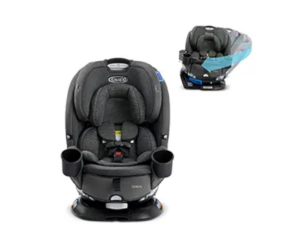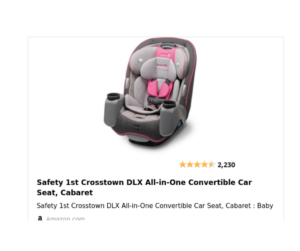

A Comprehensive Guide to Child Safety Car Seats: Ensuring Your Child’s Safety on the Road
When it comes to keeping your little one safe while driving, child safety car seats are non-negotiable. According to the Centers for Disease Control and Prevention (CDC), car crashes are a leading cause of injury and death among children in the U.S. However, studies show that using the appropriate child car seat reduces the risk of death by up to 71% for infants and by 54% for toddlers. Choosing the right car seat and using it correctly can make all the difference.
Types of Child Safety Car Seats
There are several types of child safety car seats, each designed for different stages of a child’s growth. Understanding which seat is appropriate for your child is essential:
- Rear-Facing Car Seats (Infant and Convertible Seats)
For infants, rear-facing car seats are the safest option. These seats provide optimal support for a baby’s head, neck, and spine during a collision. The American Academy of Pediatrics (AAP) recommends keeping children in a rear-facing seat until they reach the maximum weight or height limit allowed by the manufacturer, usually between 2 and 4 years old. - Forward-Facing Car Seats
Once your child outgrows their rear-facing seat, it’s time for a forward-facing car seat with a harness. This type of seat offers extra protection by using a five-point harness to secure the child in place. Children should remain in a forward-facing seat until they reach the height or weight limit specified by the manufacturer, typically around 4 to 7 years old. - Booster Seats
Booster seats are designed for children who have outgrown their forward-facing seats but aren’t yet large enough to use a seat belt alone. Booster seats raise the child so that the vehicle’s seat belt fits properly over the shoulder and lap, providing additional safety. Children should use a booster seat until they are tall enough to use a seat belt comfortably, usually between 8 and 12 years old. - Combination Seats
Some car seats can convert from forward-facing to booster seats, providing a longer-lasting solution as your child grows. These combination seats offer convenience and cost-effectiveness while maintaining safety standards.
Proper Installation and Use
Regardless of the type of car seat you choose, proper installation is crucial. According to the National Highway Traffic Safety Administration (NHTSA), nearly 60% of car seats are not installed correctly. Here are a few tips for proper installation:
- Always follow the manufacturer’s instructions.
- Use the lower anchors and tether system for secure installation, or use the seat belt if required.
- Make sure the car seat is tightly installed, with no more than one inch of movement when you tug at it.
- Ensure that the harness straps are snug and positioned correctly on your child’s shoulders.
Legal Requirements and Recommendations
In many places, child safety seat laws vary by state or country, but most require children to use a safety seat until they reach a certain age, height, or weight. It’s important to familiarize yourself with the laws in your area to ensure compliance. However, even if your child meets the minimum legal requirements, it’s always safer to keep them in a car seat for as long as possible.
Conclusion
Choosing the right child safety car seat and installing it correctly is essential for protecting your child in the event of a crash. With the variety of options available, it’s easy to find a car seat that fits your child’s size and your car. Remember to always follow safety guidelines and never rush the process. Your child’s safety is worth the extra effort!


Be the first to comment